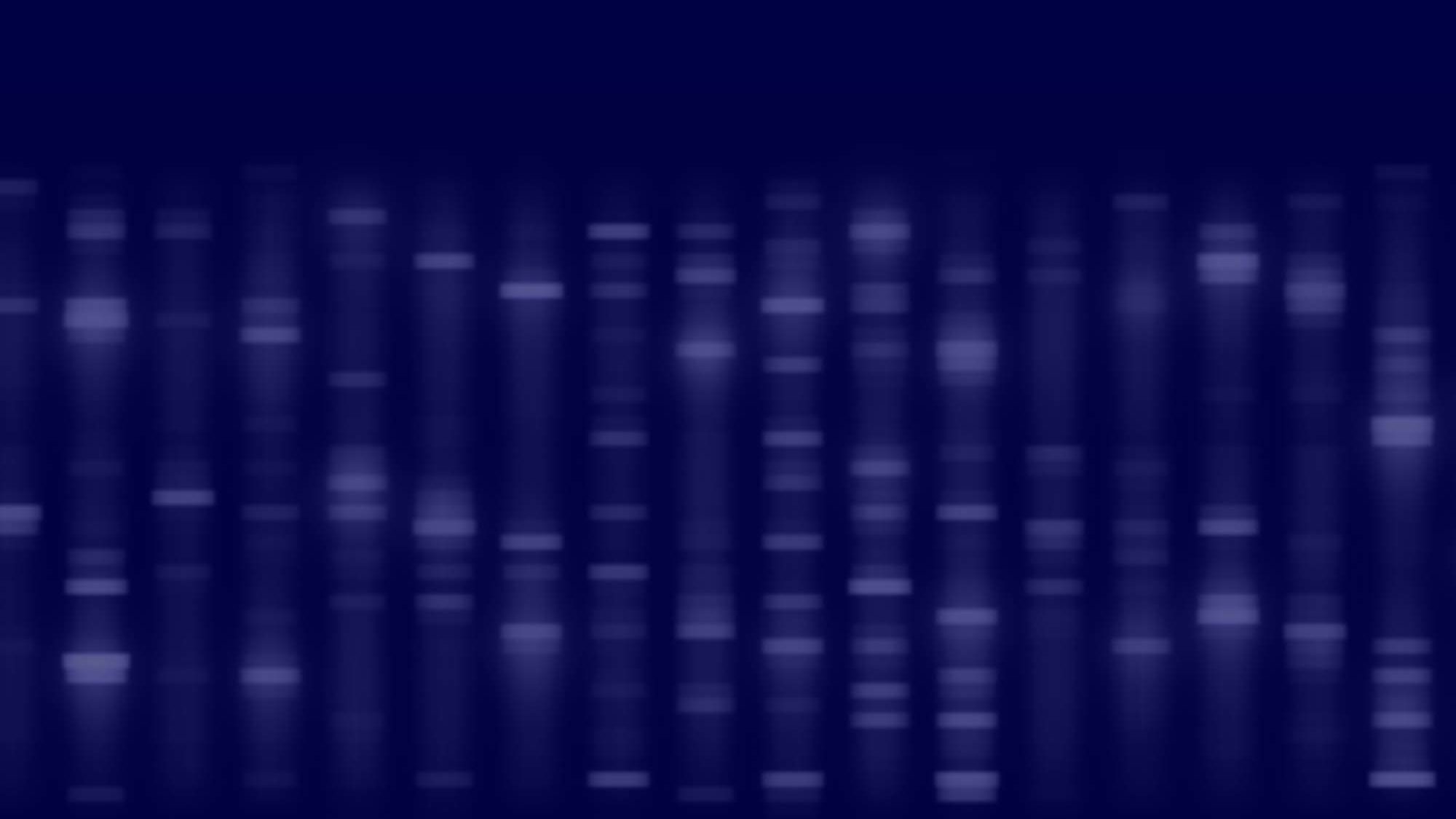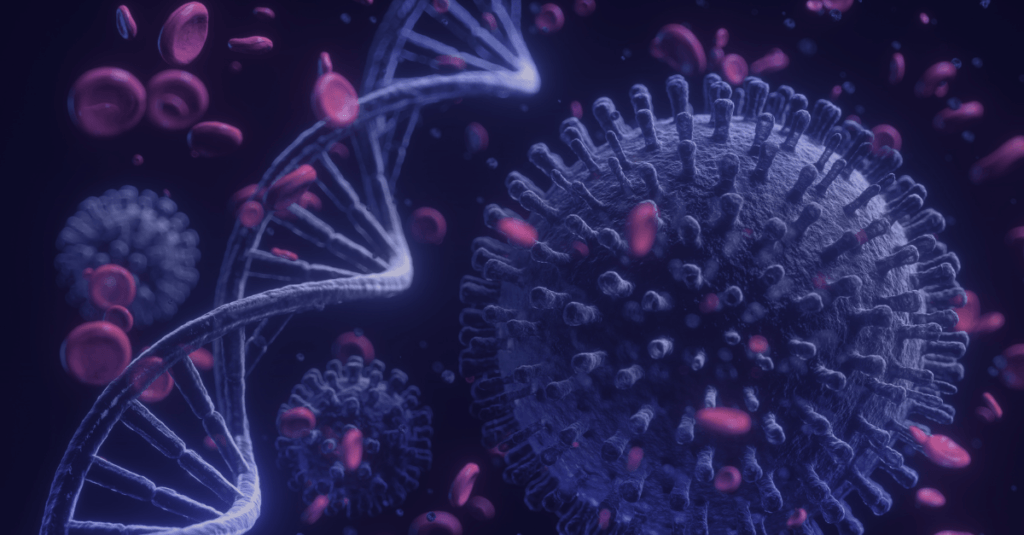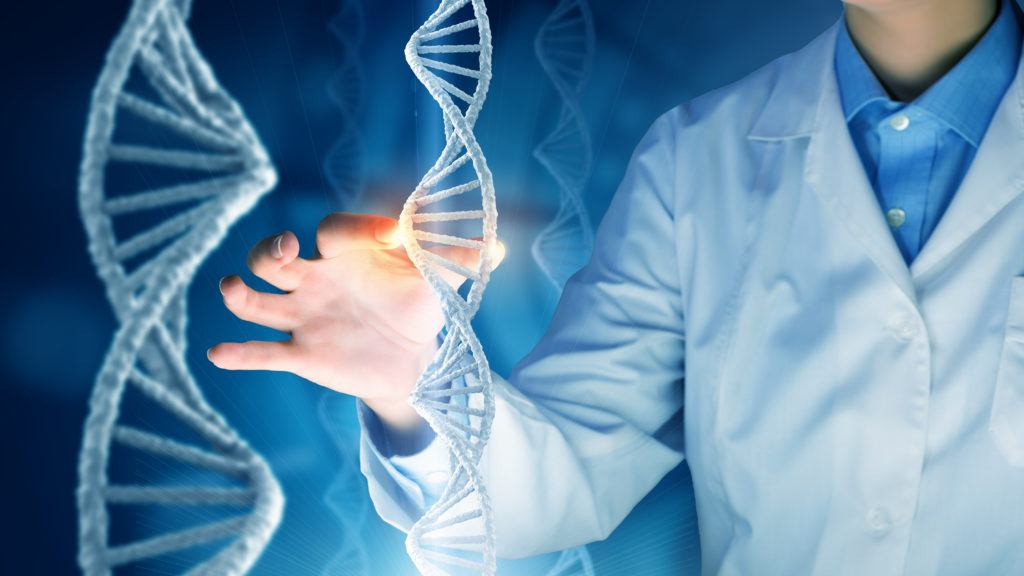Biodistribution and Viral Shedding
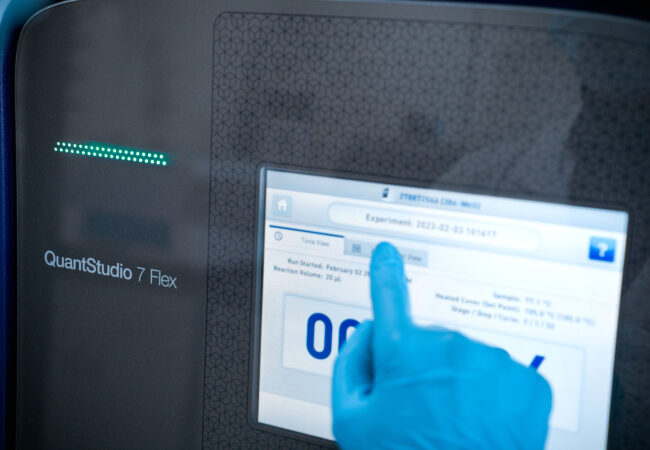
Pharmaron specializes in the development of complex bioanalytical methods for determining gene expression and vector presence within preclinical, clinical and cell and gene therapy studies. In addition to a traditional PK assessment, Pharmaron utilizes biodistribution data coupled with other preclinical safety endpoints, such as clinical pathology and histopathology, to evaluate tissue-specific detrimental effects in humans.
For viral vectors used in gene or gene modified cell therapies, Pharmaron develops shedding assays to characterize the release of the virus from an animal or treated human as a risk assessment. To best characterize the transcription and translation of a transgene, Pharmaron offers a variety of molecular and protein-based platforms to provide robust data for translatable safety and efficacy results supporting preclinical, clinical, long-term follow up and pharmacovigilance needs.
Capabilities
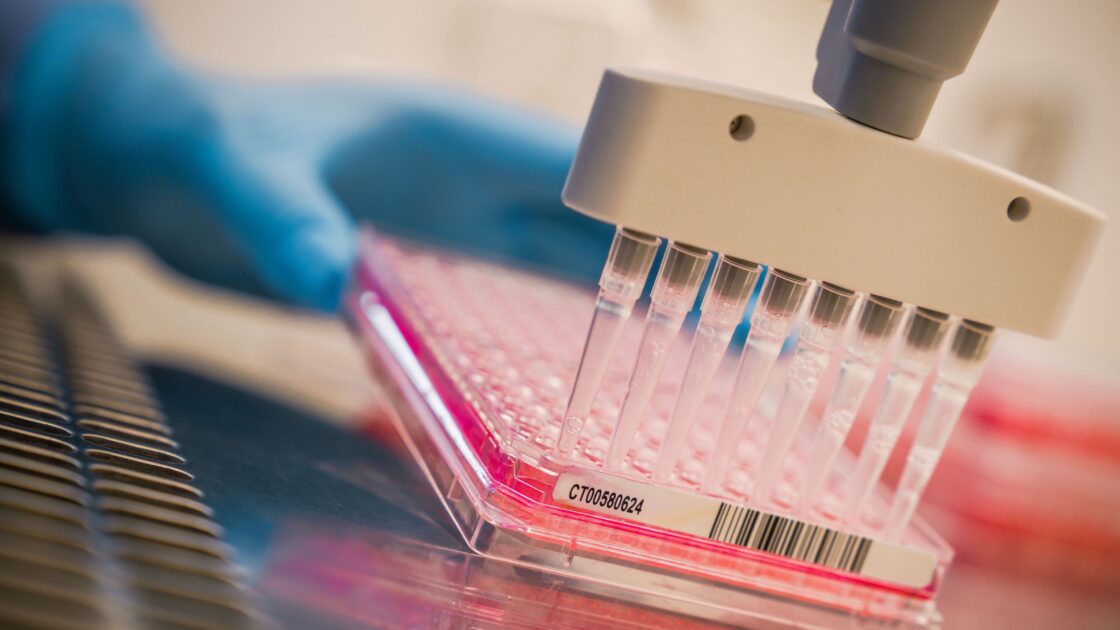
Biodistribution Services
- Species: rodents (transgenic, immune-deficient, healthy); large animals (rabbit, mini-pig, canine, NHP, immunosuppression regime required)
- Route of administration: mimic clinical route
- Determine levels of drug (virus, gene-modified cells) or transgene and its product in target and non-target tissues and cells
- Determine successful transduction of target tissue or cells and level of drug present/expressed in non-target tissues
- Generation of data to support first-in-human trial
- Biodistribution samples: blood, plasma, CSF, various tissues
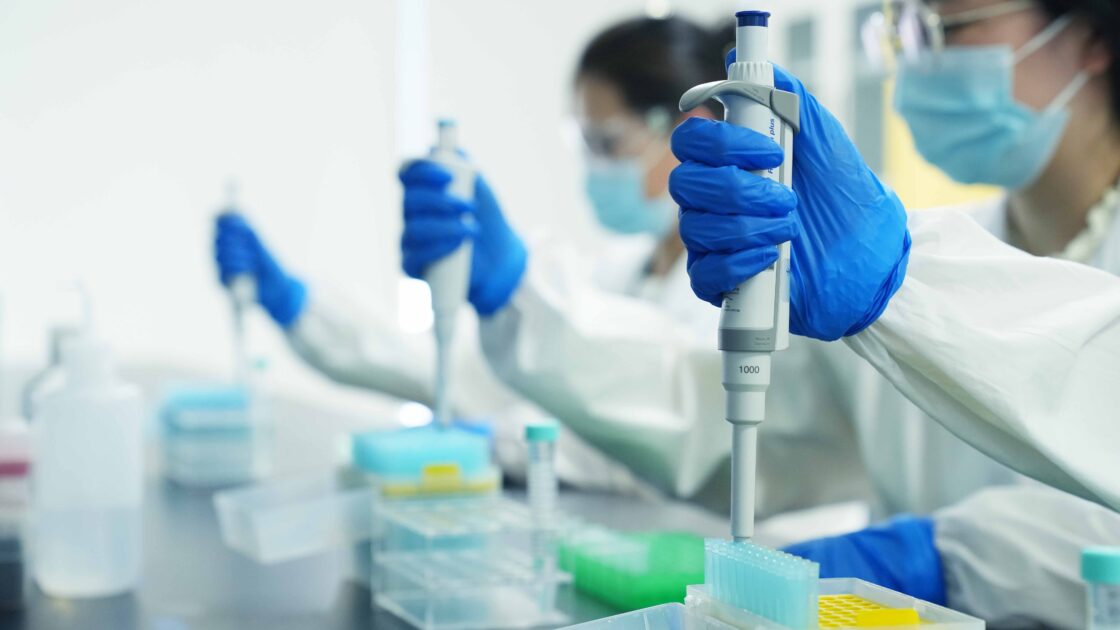
Viral Shedding Services
- Species: rodents (transgenic, immune-deficient, healthy); large animals (rabbit, mini-pig, canine, NHP, immunosuppression regime required)
- Route of administration: mimic the clinical route
- Determine secretion/excretion profile of virus/vector
- Support post-dose monitoring for vector shedding with robust assays to mitigate safety and environmental concerns for replication-competent viral vectors
- Data translated from non-clinical shedding studies to estimate likelihood and extent of shedding in humans and inform the clinical study design
- Shedding samples: Serum, saliva, feces, urine, semen, nasal secretions, tears
- Viral shedding from human to animal can be studied similarly
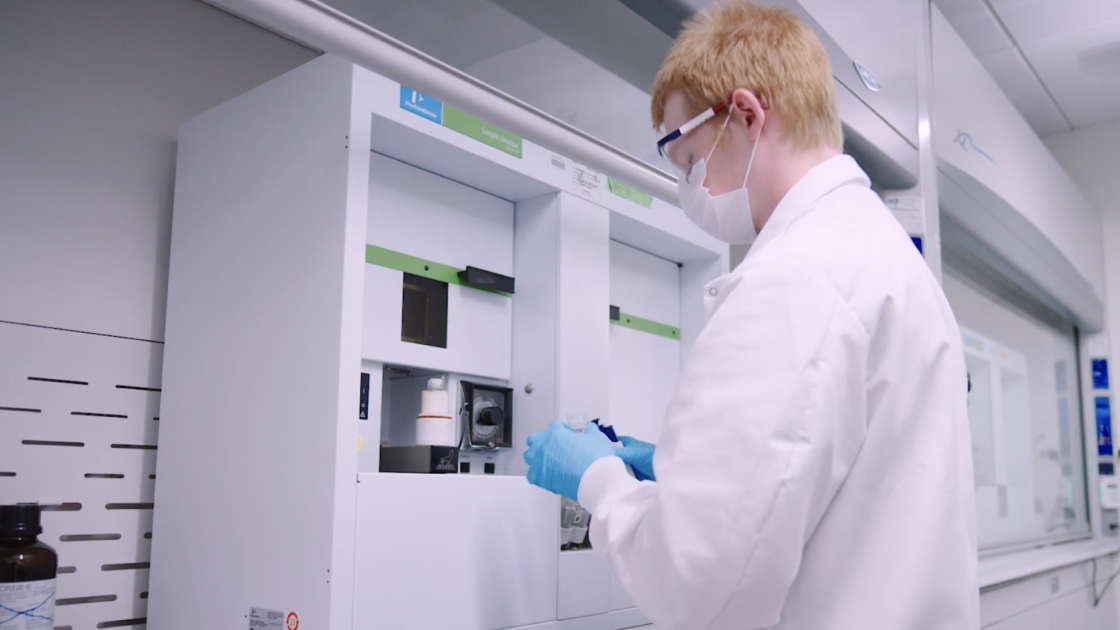
Technology Platforms
- qPCR, RT-PCR, ddPCR
- ELISA
- Meso Scale Discovery (MSD)
- AlphaLISA
- HPLC
- LC-MS/MS
- Polychromatic and Spectral Flow Cytometry
- Western Blot
